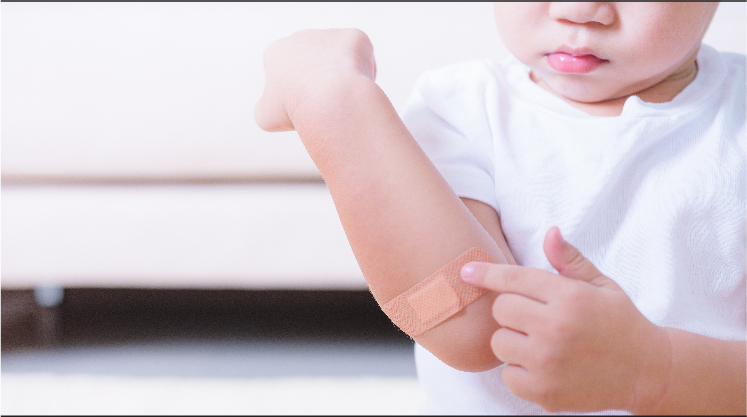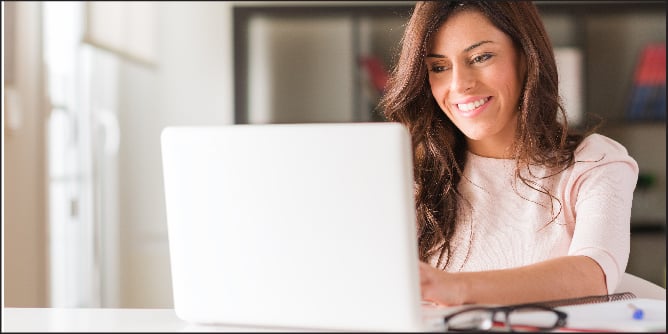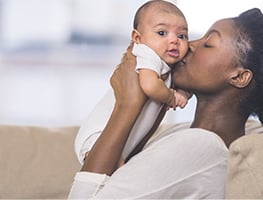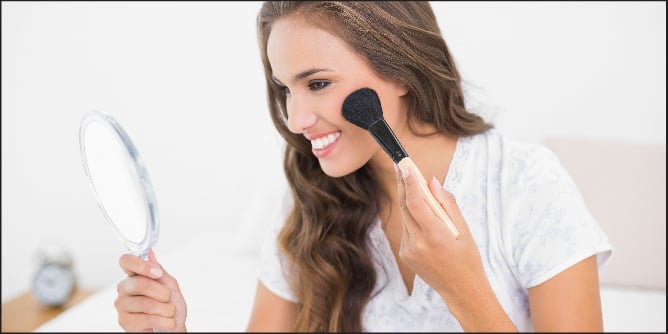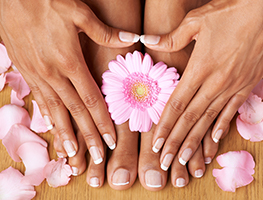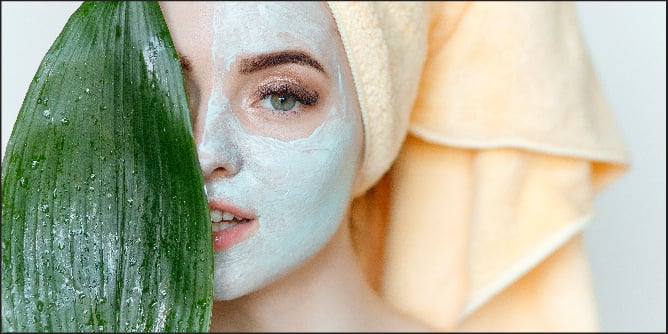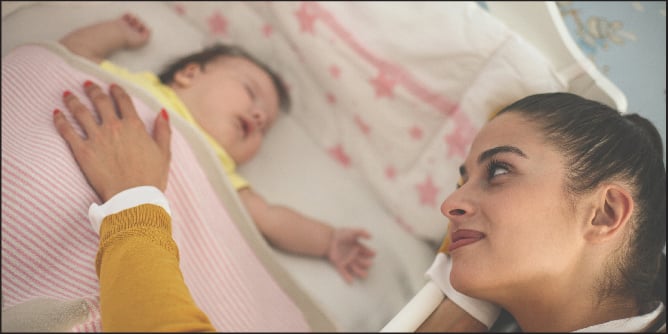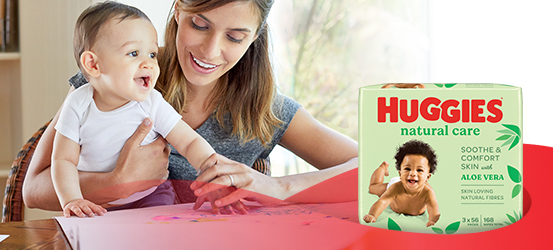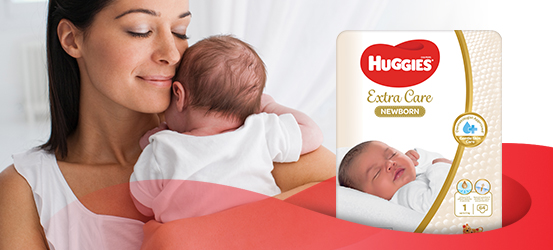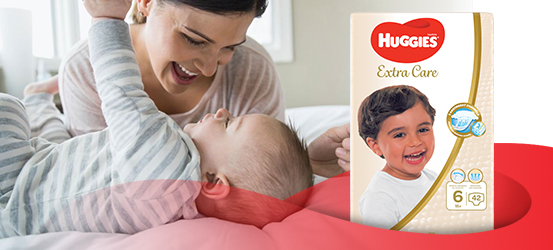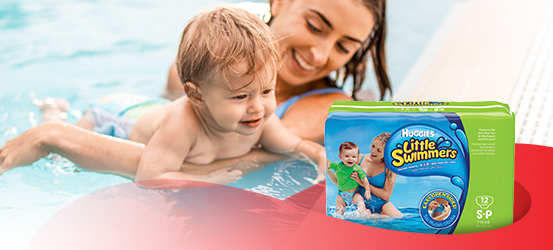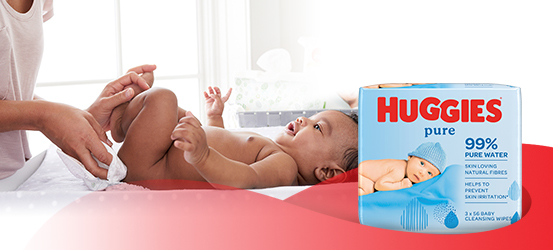With a little one running around and busily exploring the new world around them, you must be prepared to treat a child for loss of consciousness, or to perform CPR, or deal with any one of the following everyday situations. Since you cannot avoid all emergencies while they are growing up, our advice is to familiarise yourself with resuscitation techniques or to complete a first aid course, if you can.
|
Injury & Possible Symptoms |
First Aid / Treatment & Actions |
|
Bleeding: Minor cuts, scratches and grazes
|
|
|
Bleeding: Severe bleeding |
Step 1/6: Direct pressure
Step 2/6: Elevate
Step 3/6: Lay the child down and treat for shock Step 4/6: Call for Help Step 5/6: Apply sterile dressing
Step 6/6: Treat for shock
|
|
Objects in wounds Where possible, swab or wash small objects out of the wound with clean water.
|
If there is a large object embedded:
|
|
Burns and Scalds |
Note: DO NOT remove any clothing or material that may be sticking to the burned area.
|
|
Choking * Breathing is obstructed * Sudden clutching at the throat * Face may turn blue * Trying to cry or speak, but making strange noises or no sounds |
A Choking Baby DO NOT shake a baby or hold them upside down!
Chest Thrust for a baby:
A Choking Child
Chest thrusts for an older child:
|
|
Febrile Convulsion / Seizures
|
Baby or Toddler
|
|
Snake and Spider Bites
|
Snakebites are relatively uncommon in South Africa. However, we have many poisonous species to look out for: adders, cobras, mambas and the boomslang. The type of poison and the effects on the person bitten depend on the species of snake, and the size and general health of the person. A few basic steps in terms of snakebite first aid are always advocated:
Spider bites: Severe spider bite symptoms occur as a result of injected spider venom. The severity of symptoms depends on the type of spider, the amount of venom injected and how sensitive your body is to the venom. Although dangerous spider bites are rare, your risk of being bitten increases if you live in the same areas that the spiders do and you happen to disturb their habitat. Both black widows and brown recluse spiders prefer warm climates and dark, dry places. Seek prompt medical assistance if you believe you/ your child has been bitten by a spider and are experiencing the following symptoms:
|
When you call an ambulance, state clearly:
-
The site of the emergency (include names of cross streets, if possible)
-
What happened to the victim and the victim’s condition
-
The number of the people injured
-
The age of the victim
-
Your name and contact telephone number
-
Any first aid currently being given
Do not hang up until the operator tells you to. This way you'll be sure that you have given all the necessary information.
What to have in your first aid kit at home:
Every household should have a well-stocked first aid kit. Keep one in your home and one in your car. Store the kit in an accessible place, but out of reach of small children. You can purchase one from organisations such as St John's ambulance or buy the items separately from a pharmacy. Make sure that you know how to use the items and what they are for. Every time you’ve used the kit, make sure you replace any used items promptly. Otherwise, make a point of checking your first-aid kit regularly, at least every three months, to be sure the flashlight batteries work and to replace supplies that have expired.
What should a home first aid kit contain?
There are several kits available, each with slightly different contents and quantities. However, most good home first aid kits will contain the following items:
-
Disposable latex or synthetic gloves, at least two pairs
-
1 roll medical adhesive tape (1 m x 2,5 cm)
-
3 x roller bandages (50 mm) and 3 x roller bandages (75 mm)
-
2 x triangular bandages
-
Gauze dressing
-
2 x small wound dressings, 2 x medium wound dressings and 2 x large wound dressings
-
Roll of cottonwool for padding
-
1 pair of bandage scissors
-
Safety pins in assorted sizes
-
1 eyebath
-
Tweezers or forceps
-
1 x burn dressing e.g. Burnshield
-
1 tube antiseptic ointment
-
1 pair disposable gloves
-
1 mouthpiece for administering CPR
-
1 packet assorted plasters
-
Calamine lotion for soothing skin irritations, sunburn and stings
-
Aspirin and non-aspirin pain relievers (never give aspirin to children)
-
Over-the-counter oral antihistamine
-
Anti-diarrhoea medication
-
Sterile eyewash, such as a saline solution
-
Thermometer
-
Rehydration fluid such as Rehidrat
-
Measuring spoons
-
Sunscreen
Other emergency items
-
Emergency phone numbers, contact information for your family doctor and pediatrician, name of medical aid and membership number. (TIP: type it out and place page in an A4 plastic sleeve then sticky tape it to the inside of the lid so that you can see it when you open it)
-
Small, waterproof flashlight and extra batteries
-
Candles and matches
-
Emergency space blanket
-
First-aid instruction manual

